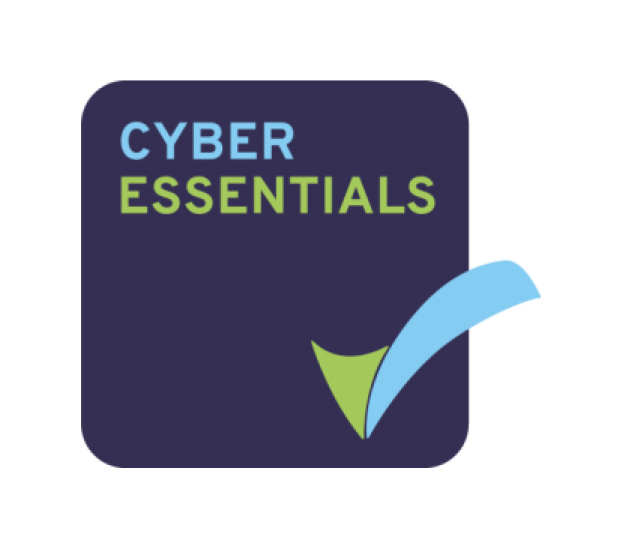Scope Smarter. Onboard Faster. Deliver Sooner.
Set NetSuite Contractors Up for Success from Day One
Contract roles within the NetSuite ecosystem aren’t about career ladders or cultural alignment; they’re about measurable delivery
That means scoping and onboarding must be built around outcomes, timelines, and accountability, not generic job specs.
Scoping a Contract Role
Focus on project context
NetSuite contractors make decisions based on clarity. Define the business objective or project stage they’ll support so they can provide value immediately.
Examples to include in your brief:
- Managing the data migration for a global NetSuite OneWorld rollout
- Leading the QA function for a financial consolidation initiative
- Strengthening ERP integrations in preparation for an upcoming acquisition
Be clear on deliverables and milestones
Contractor roles must be shaped around output, not hours. Be explicit about what needs to be delivered and by when.
Examples:
- Complete NetSuite OneWorld entity setup by the end of Q2
- Build and document a SuiteAnalytics reporting framework by project week six
- Lead UAT across finance, operations, and supply chain before go-live
Define the tech environment
Detailing platforms, integrations, and tools ensures candidates can judge suitability quickly and prevents onboarding delays.
Examples:
- NetSuite ERP with Celigo and Boomi integrations
- SuiteScript 2.0 automation and SuiteAnalytics modules
- Jira, Confluence, and GitHub for project delivery and CI/CD
Explain dependencies
Contractors need to understand how they fit into the overall delivery picture. Identify stakeholders, handovers, and collaboration points.
Examples:
- Reporting into the ERP Program Manager with dotted line to Finance Director
- Knowledge transfer to the internal NetSuite admin team at completion
- Collaborating with an external SI delivering integration work
Specify timelines and duration
Vague specs drive away the best talent. Contractors want certainty on length, start dates, and potential extensions.
Examples:
- Initial three-month engagement with likely renewal
- Start immediately; four days per week; hybrid with biweekly on-site days
- End date December 15 with handover scheduled during last sprint
Include governance
Governance makes delivery measurable and protects accountability.
Best practices:
- Appoint a delivery lead to oversee progress
- Establish milestone check-ins (weekly or sprint-based)
- Track work against scope and agreed deliverables, not generic KPIs
- Document blockers, completed tasks, and handover details
Plan for extensions and offboarding
Projects evolve — manage changes proactively to avoid disruption.
For extensions:
- Assess deliverables two to four weeks before the end date
- Reconfirm budget and approvals early
- Rebook contractor availability via recruiter
For offboarding:
- Bake knowledge transfer into original scope
- Define handover formats and deadlines
- Introduce replacement resources or internal team during wrap-up
Onboarding a Contractor
NetSuite contractors don’t need six-week inductions. They need clarity, access, and accountability. Done right, onboarding accelerates results. Done wrong, it wastes time, budget, and trust.
Clear deliverables from day one
Nothing slows contractors down more than ambiguity. Share the scope upfront, review it in onboarding, and revisit throughout the engagement.
What to include:
- Specific tasks or features to deliver
- Deadlines or sprint dates
- Success criteria (functional, technical, or commercial)
- Known dependencies or blockers
Replace vague requests like “support the ERP team” with concrete goals such as: “Deliver SuiteAnalytics dashboards for finance consolidation by week 5, including documentation and UAT sign-off.”
Provide system access and SMEs
No logins, no productivity. Ensure access to systems and SMEs is ready before day one.
Example checklist:
- NetSuite instance logins and sandbox credentials
- Access to Celigo or Boomi integration tools
- Documentation hubs and playbooks
- Named SMEs for finance, operations, and integrations
Make IT access provisioning part of a recruiter/hiring manager pre-start checklist.
Assign a single point of contact
One clearly defined point of contact reduces confusion and accelerates delivery.
A strong PoC:
- Knows the NetSuite project context
- Has authority to sign off deliverables or escalate issues
- Is available for frequent check-ins
- Communicates consistently with stakeholders and other vendors
Build real-time feedback loops
Contractors deliver quickly — feedback needs to keep pace.
How to run them:
- Short weekly or biweekly syncs with PoC
- Simple agenda: done / blocked / next
- Immediate feedback on outputs, not just end-of-contract reviews
- Share stakeholder updates as they happen
If managing multiple contractors, use a shared project board or Slack channel to centralize updates.
Contractor Onboarding Cheat Sheet
To maximize impact, always:
Clarify scope and expected results
tie outputs directly to deadlines and defined success metrics.
Get tools and access ready up front
without credentials, environments, or licenses, delivery slows.
Name a single decision-maker
one point of contact prevents bottlenecks and mixed messages.
Outline team guidelines
set expectations for working hours, sprint ceremonies, and compliance standards.
Keep reviews lightweight and regular
quick syncs and fast approvals maintain delivery pace.
Capture detail as you go
build documentation continuously so nothing is lost at handover.
Make status visible
use shared trackers or boards so all stakeholders see progress live.
Plan transition early
define knowledge transfer and exit steps from the beginning.


